LIVIQUE
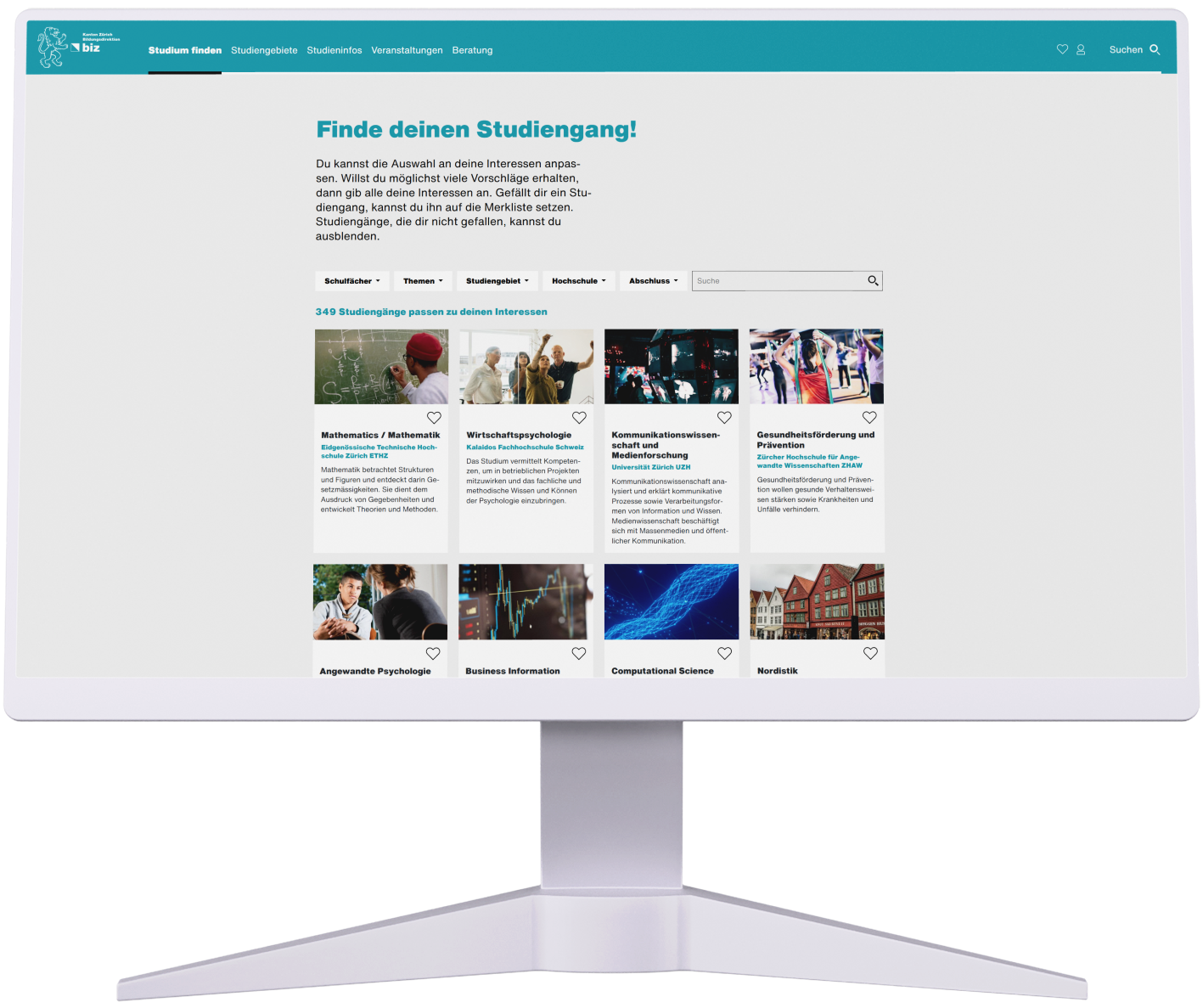
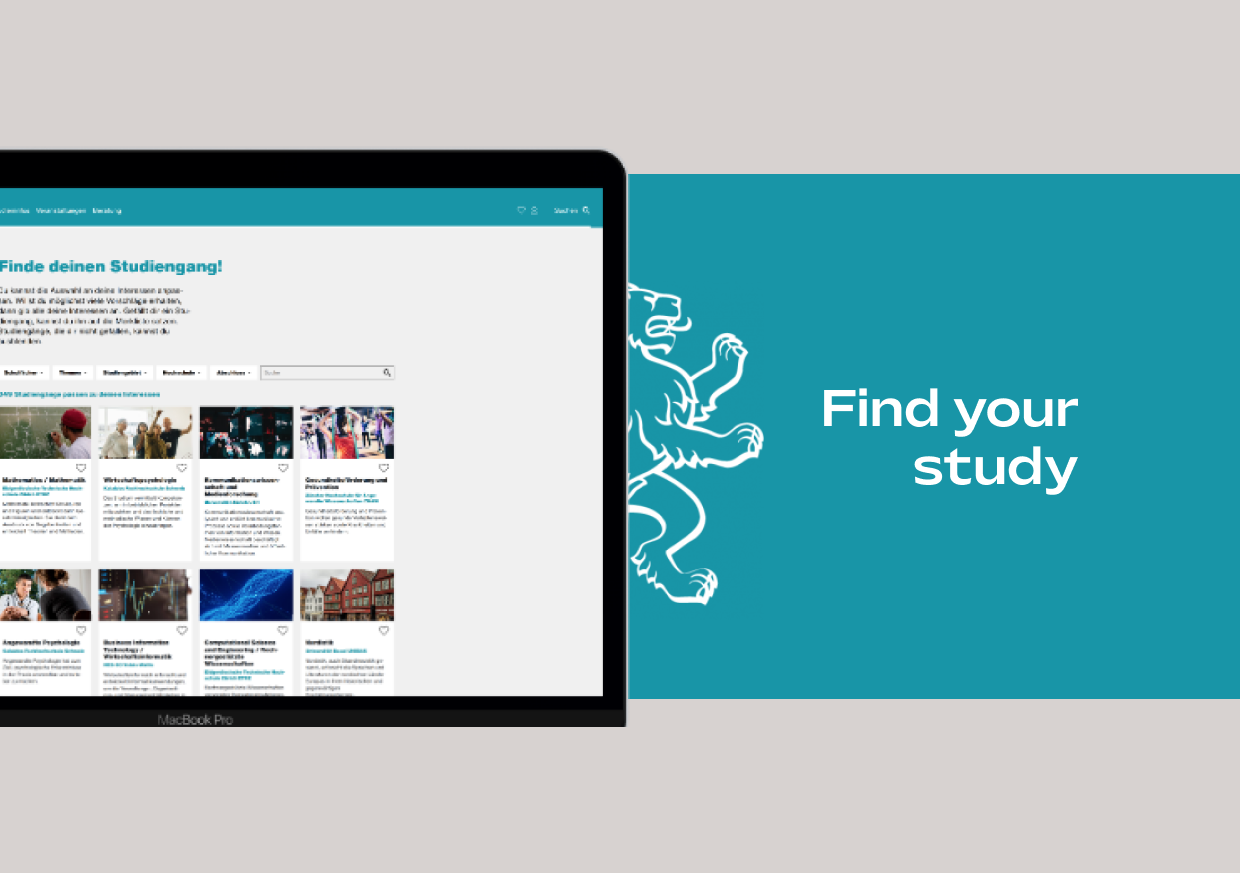
The Product
Livique is a Swiss furniture retailer with an online store that offers not only
standard products but also a digital furniture configurator for customizing
sofas and more.
The Goal
Identify and fix friction in the online shopping experience to make the site more
intuitive, consistent, and frustration-free to improve transactions.
My Role
I planned, conducted, and analyzed moderate usability tests from start to finish
within a group of three.
The Setup
This project was part of the "Human Computer Intercation (HCI)" Module at the
University of Applied Sciences Grisons. Over one semester we learned all about
HCI while conducting an User Research.
Our first task was to understand the in-store shopping experience and the core values of Livique’s customers. To achieve this, we conducted short guerrilla interviews outside a Livique store in Zurich. Recruitment proved to be the biggest challenge, as only a few people were willing to invest time in the study.
Eventually, we gathered enough participants to gain a solid understanding of in-store customer needs. It turned out that they particularly valued the personal advice provided by the store staff. We also discovered that the majority of in-store customers had previously faced negative online shopping experiences, which led them to return to physical stores instead.
Using these insights, we created a customer journey map to visualize the complete shopping experience:
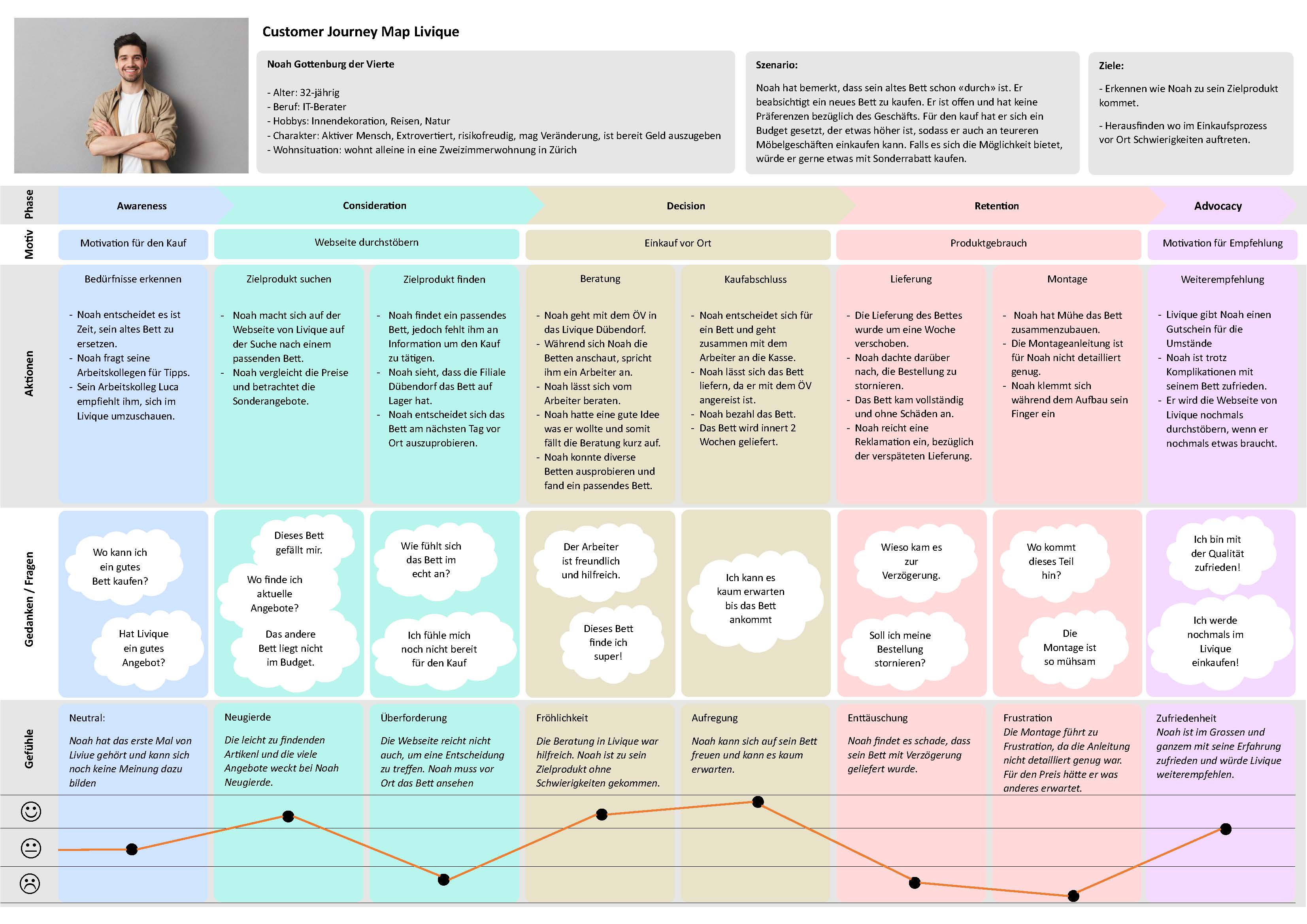
From here on our research question for the following usability test became:
Nina is a Master's student on leave due to burnout, who needs a way to gently rebuild structure in her life, because she wants to feel in control again.
Secondly we coducted online interviews with Liviques customers via Webex. This second round of interviews set the focus on the pain points of the online-shop experience.
Many visual interruptions:
Homepage banners distract rather than guide
Hidden core functions:
The configuration feels like a secret rather than a main feature
Category chaos:
Products don’t appear where users expect them
Many visual interruptions:
Homepage banners distract rather than guide
Hidden core functions:
The configuration feels like a secret rather than a main feature
Category chaos:
Products don’t appear where users expect them
For this project, the Information Agency requested a detailed documentation of the website’s API. This was necessary to understand how the import process between databases functions. The resulting documentation provides a solid guide for similar future projects, enabling more efficient implementation without having to start from scratch. Due to the confidential nature of some governmental data, I will not elaborate on the first phase and will proceed directly to the second.
A known problem at the agency was that the events page on Studienwahl was overflowing with listings, making it hard for students to find what they were searching for. Institutions like ETH and UZH, which only host information events twice a year, were buried under a flood of listings from schools like Kalaidos or ZHAW that hold sessions almost every week. This was a problem because, statistically, most users are primarily interested in the larger institutions.
I started by mapping out a structured process to bring order to the chaos. This involved several key steps:
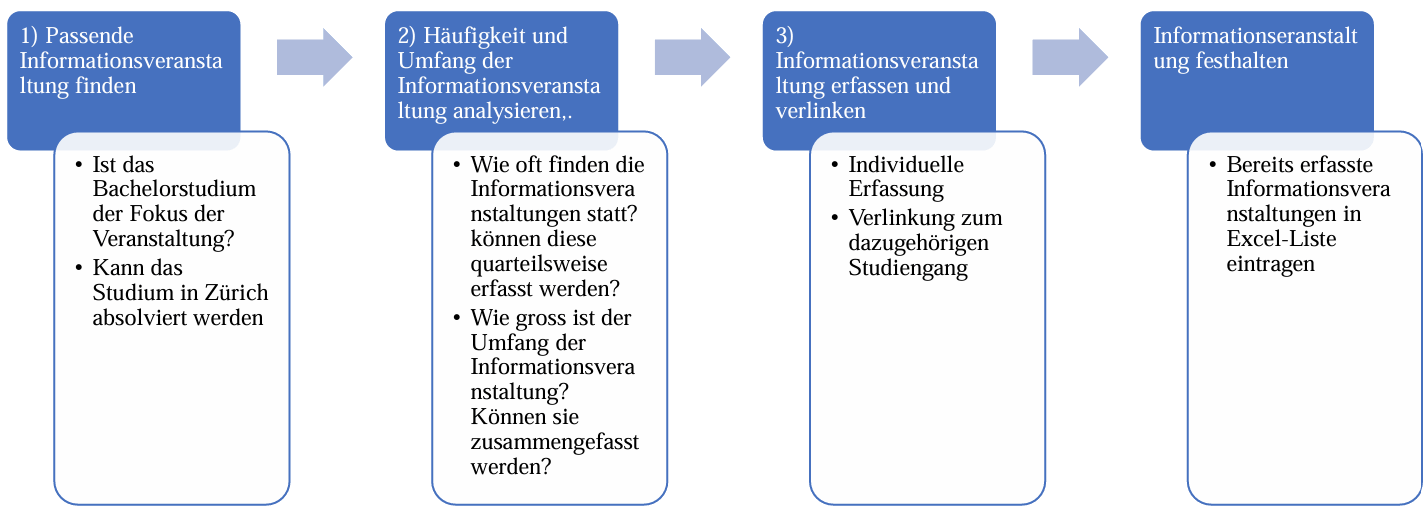
To keep everything consistent, I drafted a UX writing template that set the tone and ensured each event would give students the same kind of quick, useful snapshot.
Once the process was in place, I trained the team so they could maintain this clarity moving forward. I also thought carefully about how these events should appear on the site. Instead of long lists, I opted for a card-based UI, making it easier to scan and compare options.
The impact was immediate: the events page became much more manageable, and students could find the key information they were looking for without feeling overwhelmed.
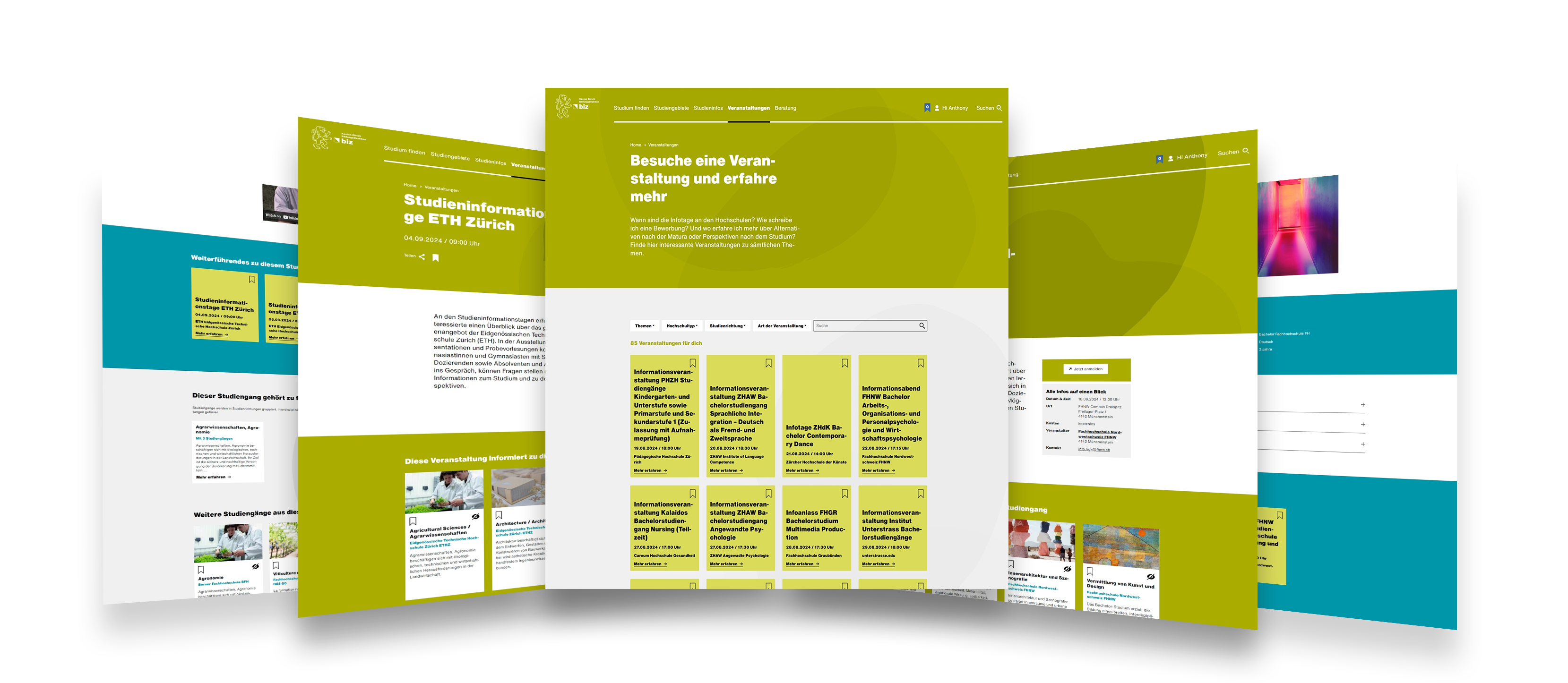
To identify additional friction points, I organized usability tests with representative users. They navigated the platform while thinking aloud. This revealed critical insights:
Due to time restrictions, I decided to address the filtering system on the homepage, since it was the most pressing issue. The other two points were documented for future improvements.
I first needed to understand the root cause. I discovered that all study programs were tagged with the highest relevance level (3) for multiple subjects and interests, even if they were not the most relevant.
To address this problem, I collaborated with study advisors to review and adjust relevance levels for hundreds of programs. Finally, I built a detailed matrix to drive this reclassification, and once approved, I implemented it in the backend. This reduced irrelevant search hits, making the portal significantly more intuitive.
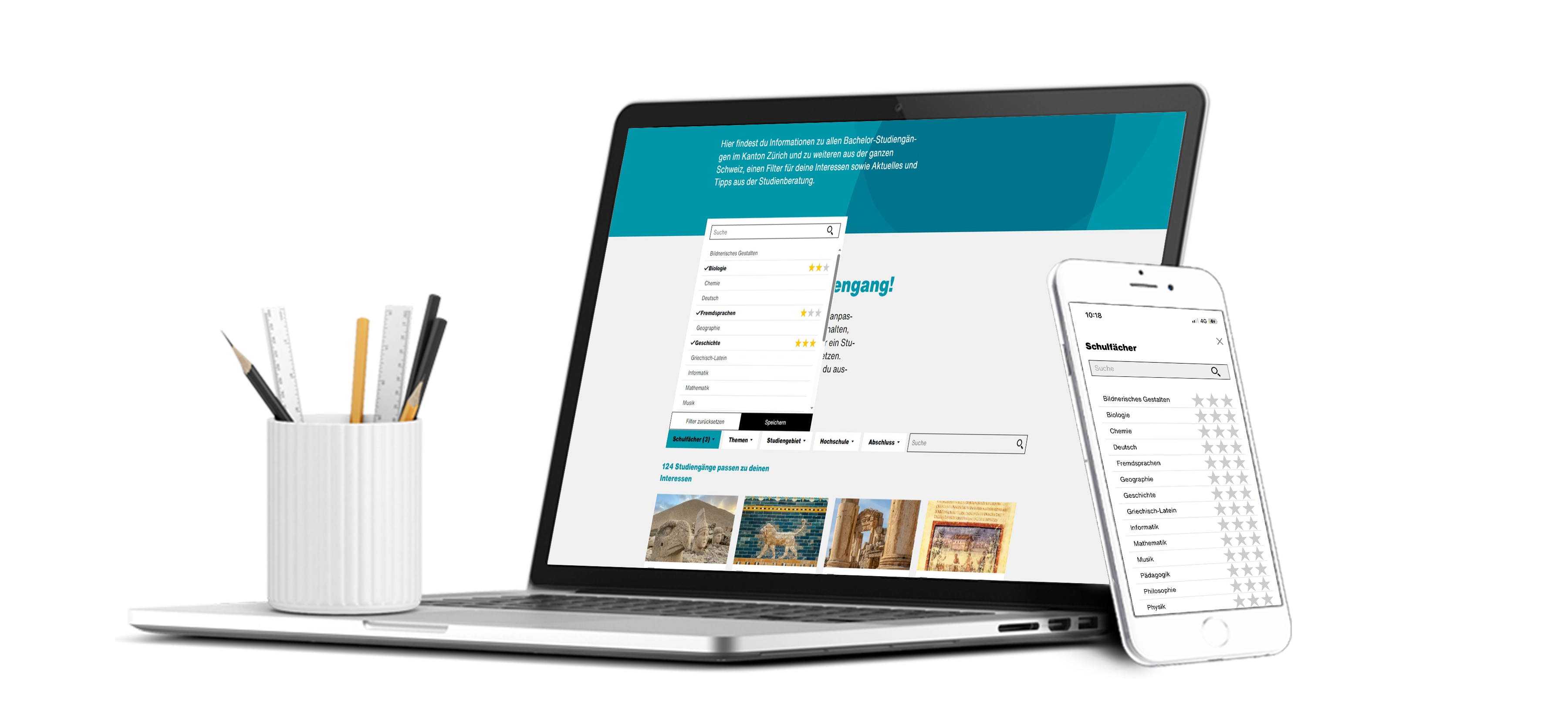
Through this process, I learned how critical it is to balance reducing information overload while preserving essential data. Students can now filter more precisely, navigating Studienwahl with less frustration and greater confidence.
This project highlighted the power of small, data-informed UX adjustments to drive substantial improvements in user satisfaction.
© 2025 Anthony Zoss. All rights reserved.